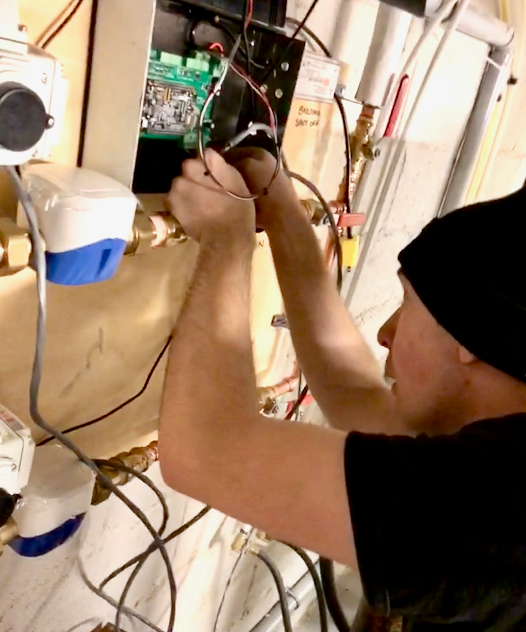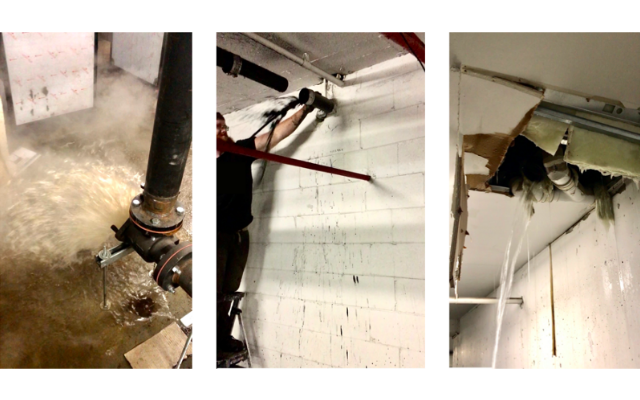Contributor: Reed Water
Imagine you’re a property manager of a high-rise building dealing with a massive water leak on the 14th floor. Your phone rings to a hysterical tenant saying, “Call a plumber! My kitchen is flooding!” You immediately call the plumber, only to receive his voicemail. The only thing crossing your mind is stopping this leak. You think to yourself, “it’s 2019, why can’t I use an app to shut off my water without calling a plumber?”
You receive a text from your upset tenant reading, “how long did you say the plumber would take to get here?”
This problem is one that Adam Bartman saw on a daily basis as a plumber for over 15 years. Time after time he was dispatched to deal with ruptured pipes, drain backups and massive floods in commercial properties.
Water related damages in multi-unit residential buildings, condos and retail shopping malls came at a great expense for his clients. Sometimes it would take over 6 months for a building to overcome damages caused by water on multiple floors, which also included tenant occupancy interruption, and mold. Although his clients had insurance to cover the damages, it often didn’t cover the endless administrative time and energy, nor the lost rental revenue of a displaced tenant.
Adam called Avi Yurman, an automation contractor and a childhood friend. Showing Avi a water valve, he asked “how can we control it over the internet?”
Adam wasn’t looking to just find any solution for his customers problem, he wanted to find a way to make plumbing systems smarter. There are 3 mechanical systems in every building: HVAC, fire protection, and plumbing; the only system that didn’t evolve to have a real-time visibility is the plumbing system.
Immediately the two childhood friends began a search for a suitable product in the market, only to find none. Looking at each other, they said “heck, let’s just build one ourselves!” Over weekly meetings they began to source product materials online and tested out different ideas. They tinkered around with raspberry pi development board connected to a laptop.

After a few months of research and development they had a beta version of hardware, and online dashboard in hand. Essentially, they were able to connect a domestic water valve to open and close via an online command. With the beta version, Adam offered to install his new design at some of his clients properties.

After proving the capability, Adam and Avi raised some seed money from friends and family allowing them to enhance the product and build an MVP, which included the live tracking of consumption via a water meter and remote leak detection with a wireless splash pad.
After about two years, they both agreed reduce responsibilities of their jobs at the time and focus on developing Reed Water products.
Being a plumber-turned tech entrepreneur, Adam’s goal is to save the property manager on the 14th floor from feeling like a deer in headlights and ability to shut down water right away. After all, who wouldn’t want to protect their investment and take control of their property?






Comments